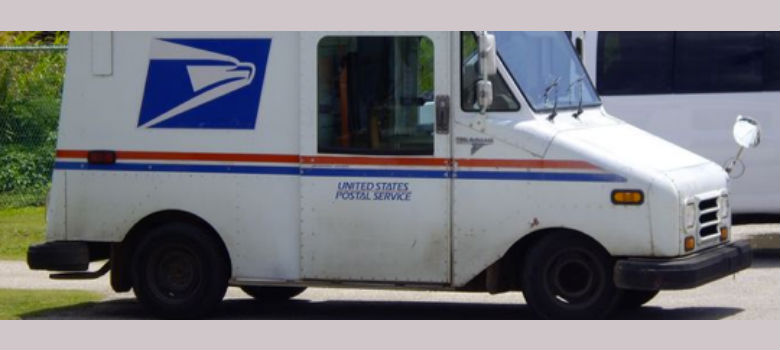The United States Postal Service (USPS) operates on a scale unimaginable to most business owners. The USPS is the second largest civilian employer in the country.
On a given day, USPS delivers 584 million mail pieces and generates $224 million in revenues. Yes per day. Last year, revenues exceeded $67 billion.
Unfortunately, the USPS has one metric that stands out from the rest: in fiscal year 2010, it lost over $8 billion. This year it expects to lose $7 billion. While the scale of the losses for 2010 and 2011 are larger than usual, they are part of a pattern of losses that the USPS simply can’t seem to shake: 2009 losses were $3.8 billion and in 2008 they were $2.8 billion. President Obama’s current budget proposal offers the USPS $11 billion in “financial assistance” so it can stabilize its finances. The passage of that assistance remains uncertain as Congress continues its acrimonious budget negotiation process. Future assistance will also become politically untenable as government support of the USPS becomes more difficult to justify.
Should you worry?
For most businesses, the answer is yes. The USPS conducts direct mail marketing and catalog delivery services for millions of small business every year. Millions more use it as their fulfillment partner for e-commerce and catalog sales. Any change in pricing or delivery policies will have a ripple effect throughout the economy. According to a recent survey of small business owners with e-commerce platforms conducted by Stamps.com:
- 44 percent base shipping charges on the actual shipping cost
- 40 percent charge their customers a flat fee for shipping
- 6 percent offer free shipping
- 5 percent base the shipping cost on the value of the order
- 6 percent use a different formula to calculate shipping
This indicates that 56 percent of businesses see a reduction in margin every time there is a rate increase for shipping and 44 percent have to explain to their customers why costs are going up. Everyone is impacted.
Want more on shipping costs? Check these out:
Another price increase on the way
This past January, the USPS increased rates on many of their services including: Express Mail®, Priority Mail®, Parcel Select®, Express Mail International®, Priority Mail International and Global Express Guaranteed® mail. On April 17 an additional price increase will go into effect that targets services that affect small businesses directly. Some important changes include:
- Starting with the second ounce, first class letters will cost $0.20 per ounce instead of the current $0.17, an 18 percent increase.
- Parcel post rates will begin at $5.10 instead of the current $4.90, an increase of 4 percent.
- Media Mail rates will begin at $2.41 instead of the current $2.38, an increase of only 1.3 percent.
- International commercial mailing rates will see varied increases for letters, flat packages and packages across the board.
Additional and more frequent price increases can be expected and most will target commercial instead of retail prices as it is politically viable to raise rates on businesses instead of consumers.
If you still rely heavily on the USPS for marketing or catalog distribution, it’s time to start considering other alternatives. Using private carriers like FedEx or UPS won’t protect your business from price increases as they both announced an average 4.9 percent increase on their respective ground services in January.
Alternatives to direct mail
While there is no perfect replacement for direct mail, there are numerous alternatives that businesses can implement that in many cases can enhance current delivery. Shifting even a portion of your direct mail and catalog delivery efforts to one or several of these methods can yield positive results. Start your brainstorming with the following:
1. E-mail marketing.
This has grown in sophistication and in ease of use for small business owners. Companies such as ConstantContact, iContact, and AWeber offer solutions that manage e-mail delivery, personalize electronic mail pieces, track results, allow you to segment your lists, and send automated responses. The cost of using these services varies depending on the size of your list, but it is a fraction of the cost of direct mail or catalog delivery.
2. SMS marketing.
SMS is a highly effective but underutilized marketing channel. It is inexpensive, “opt-in,” and highly targeted. Customers may receive mobile coupons while waiting in line at a store or learn about specials right before walking in the door. Companies like Mobilestorm and Red Fish Media provide solutions for SMS marketing. Given this channel’s recent growth, several mobile operators – Verizon, T-Mobile and Sprint – are considering raising the fees they charge marketers for the right to send SMS marketing messages. Despite these increases, the return on investment for business owners can be quite high.
Go to the article: The Postal Service is Going Broke – Should You Worry?
